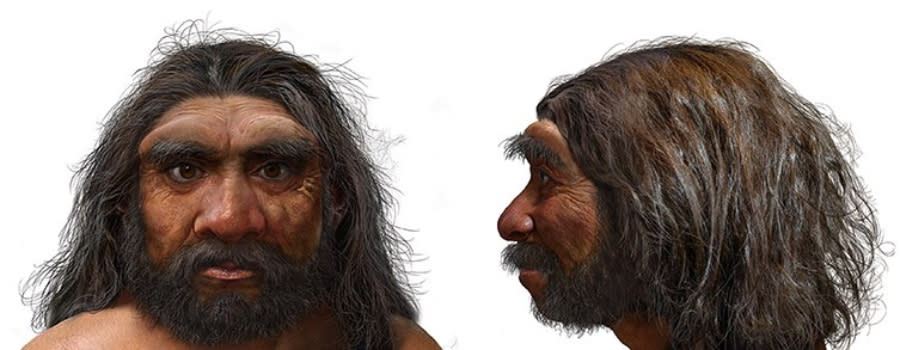Scientists Have Potentially Discovered a New Human Species
Scientists studying a skull found in China in 1933 say the fossil—possibly—belongs to a new, ancient human species. The team, which published its findings in the journal The Innovation, says its analysis has pegged the unique skull’s owner at somewhere between 138,000 and 309,000 years old. And the scientists have given the species to which the bone cap belonged the moniker, Dragon Man.
An ancient human skull in Hebei GEO University known as the #Harbin cranium may represent our new closest hominin relative, even closer than #Neanderthals. Researchers have named this new species Homo longi or "Dragon Man." @The_InnovationJ https://t.co/V4Y97ndCfc pic.twitter.com/KgEUUtvJQ8
— Cell Press (@CellPressNews) June 25, 2021
Science News picked up on the news of the new analysis of the old fossil. Professor Qiang Ji at the Hebei GEO University, led the team of researchers, which used phylogenetic analysis and mathematical modeling to identify the correct lineage for the skull. (Phylogenetics is the study of the evolutionary relationships among biological entities.)
“The skull has a large brain capacity, fully within the range of modern humans and Neanderthals,” Chris Stringer, a human evolution expert at the Natural History Museum in London, who studied the skull alongside Ji and his team, said in a press release. “It also shows features resembling our species; including flat and low cheekbones with a shallow canine fossa, and the face looks reduced and tucked under the braincase,” Stringer added.
Breaking news: A huge skull found in the Songhua River in China represents a new sister lineage for Homo sapiens. It dates to at least 146,000 years old and has been dubbed 'Dragon Man'.
This is a remarkable piece in the jigsaw of human evolution. https://t.co/o3SMeyE8Pm— Natural History Museum (@NHM_London) June 25, 2021
A visualization of the nearly complete skull is in the GIF above. And, indeed, it looks quite different from a Homo Sapien’s skull. Especially the “supraorbital notches” of the skull, which form the upper parts of the eye sockets. Note how thick they are relative to those belonging to humans. It’s almost as if Dragon Man (or Homo longi) were actually just an extinct version of Eugene Levy.
“It’s widely believed that the Neanderthals form the sister group of the Homo sapiens lineage,” Stringer added in the press release. “But our analyses suggest that this skull, and some other Middle Pleistocene human fossils from China, form a third East Asian lineage, which is actually closer to sapiens than the Neanderthals are.”

Chuang Zhao/The Natural History Museum of London
Some scientists who did not take part in the research seem skeptic of the findings, however. Paleoanthropologist Marta Mirazón Lahr of the University of Cambridge, for example, told Science Magazine that this is likely the most-intact Denisovan skull ever, but that it doesn’t necessarily belong to a sister lineage. (Denisovans—a species or subspecies of H. sapiens ranged across Asia during the Lower and Middle Paleolithic.)
Incidentally, Science News also recently reported excavations in Israel have turned up more mysterious fossils from approximately the same period. Researchers in that case peg their—possibly—new species at somewhere between 120,000 to 140,000 years old. Which may mean the “co-mingling” between H. sapiens and other Eurasian species was even more extensive than previously thought. And it already seemed very extensive, so that’s saying a lot.
The Harbin skull finally published! Dated 146 ka, 1420 ml cranial capacity, represents a human lineage sister to Homo sapiens. #FossilFriday
Massive cranium from Harbin in northeastern China establishes a new Middle Pleistocene human lineage https://t.co/HzEriaUWC6— Roberto Sáez (@robertosaezm) June 25, 2021
Featured Image: Chuang Zhao/The Natural History Museum of London
The post Scientists Have Potentially Discovered a New Human Species appeared first on Nerdist.

